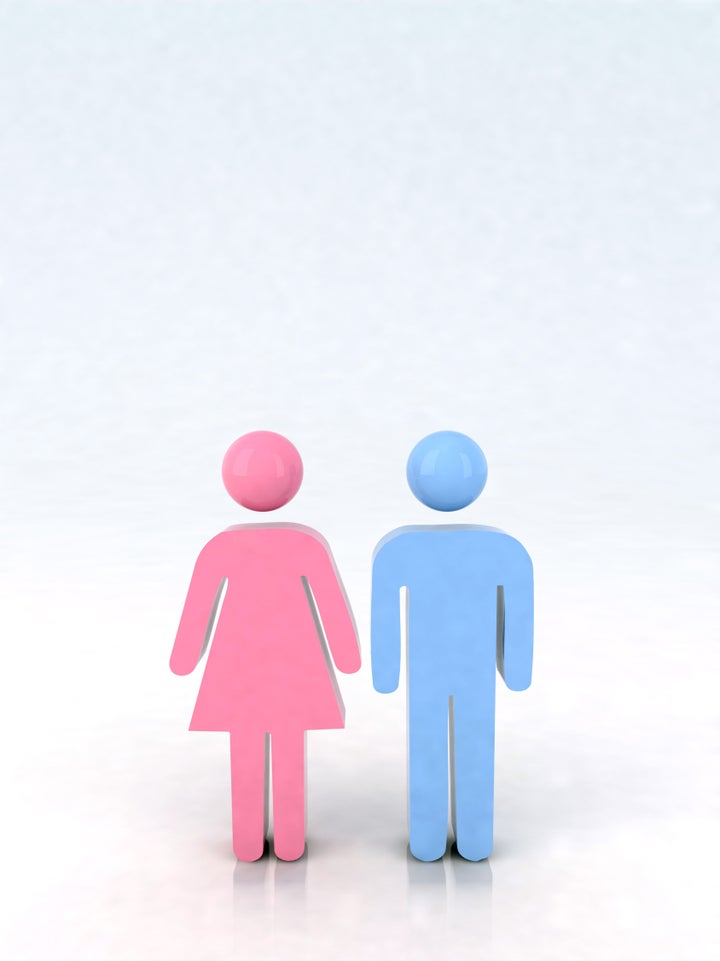
With incorrect, offensive, or downright transphobic phrases like "man in a dress," "male-to-female transsexual," "he calls himself Brandi," or, likely the most offensive of them all, "he-she," mainstream media simply cannot get it right. Sometimes it's deliberate, especially in tabloids and other media that use exploitation to generate revenue. In other instances ignorance prevails in the media by those who ought to know better.
In addition, even if one is aware of proper transgender terms or pronoun use, writers make gaffes, anchors misspeak, copy editors get confused, and proofreaders change previously fixed errors back into mistakes again.
Should it be this way? Of course not. But until awareness of all things transgender becomes the norm in this world, I suggest we not blow gaskets but simply correct, educate, and move on.
Indeed, in my writings on transgender topics, I've lost track of a person's correct gender more than once. In instances of research, contradicting sources left me choosing to use gender-neutral terms like "person" instead. Often, there is very little truly factual in the media to work from.
Recently I wrote about a trans person killed in a shooting. The only credible piece of evidence that suggested the victim was a trans person was an undated photo released by the police. There were no comments from friends or relatives or other clues indicating which gender the victim usually presented as. Rather than speculate, I choose to use gender-neutral terms. After the article was published, I faced harsh criticism from one set of people for not using female pronouns (as the police photo suggested I should have), and at the same time I literally was blasted by another set of people for "insulting" trans people with gender-neutral terms. I didn't bother to read the hate comments from people who insisted that the victim was "obviously" male.
Not too long ago a prominent LGBT organization was discredited by a transgender blogger for getting a supposed trans victim's gender wrong, causing a bit of a ruckus, but another blogger uncovered evidence that the LGBT organization's report was correct all along. Meanwhile, I ended up changing the gender ID of the victim I was writing about three times, trying to stay factually correct.
In addition to the frequent lack of facts, know this: There are very few of us writing almost exclusively on trans issues, and most of us are likely unpaid and don't have a second set of eyes looking over the material. In reporting, paramount are the four "w"s: who, what, where, and when. On trans topics, correct gender and pronouns are added to that mix. And with the source material likely loaded with incorrect or purely speculated gender IDs, we have our hands full.
If any one of us trans writers, or our allies, should make a gender or pronoun error, know that we're likely doing the best we can, and it is often a no-win game. If you must disagree, just make your case and be nice. We're here to learn, too.
Please note, however, that there is no excuse for any media to deliberately misinform or launch a hate piece.